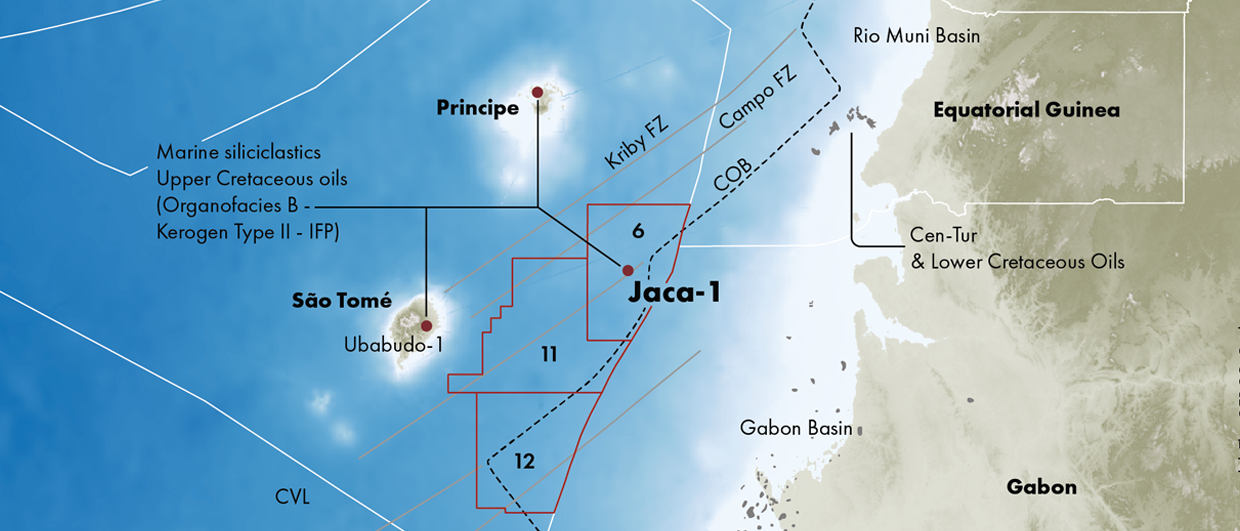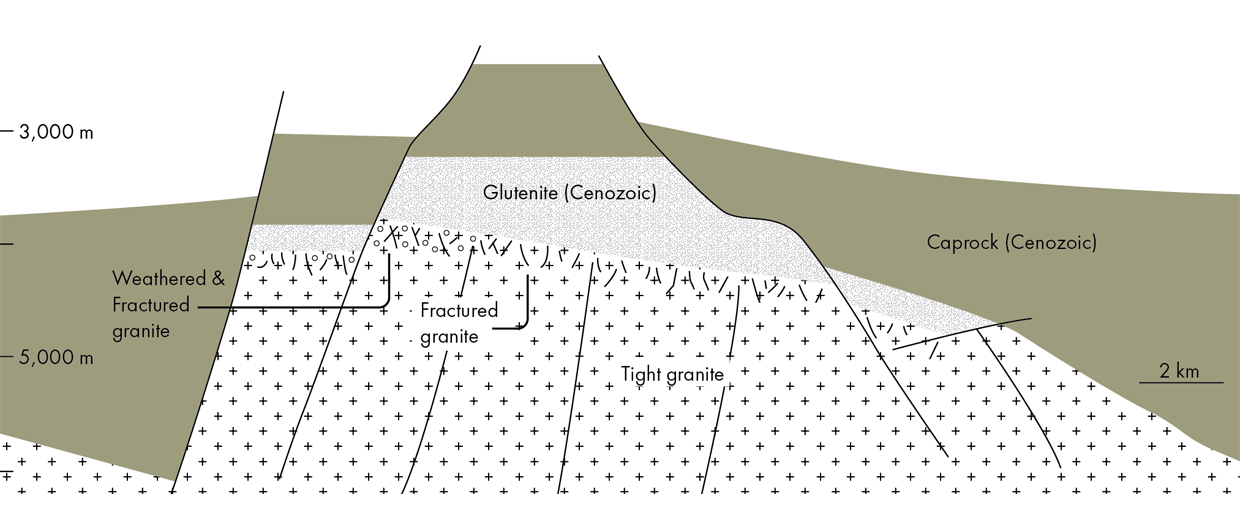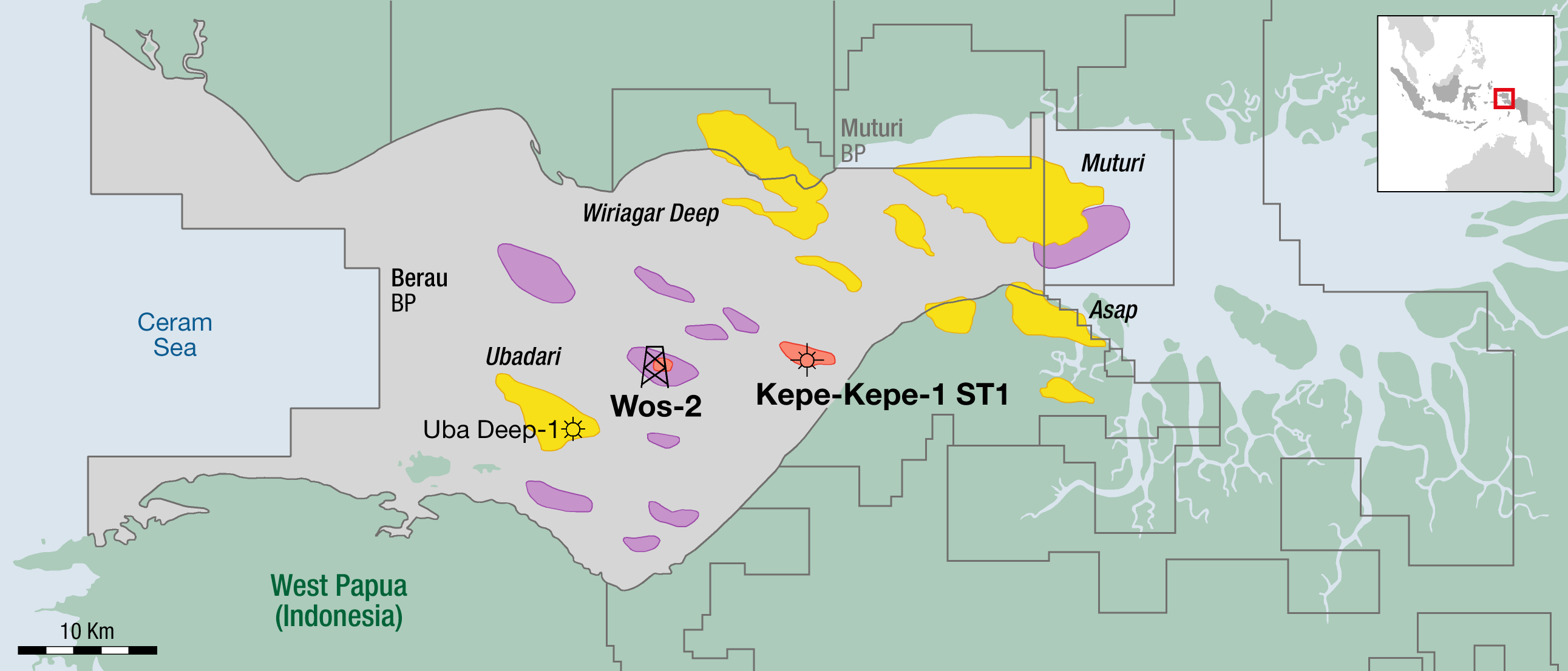The Browse Basin offshore North West Shelf Australia is currently one of the world’s exploration hot spots in the quest for new oil and gas reserves. Despite recent drilling success, however, the basin remains relatively underexplored. It is a geologically challenging area, where imaging and mapping, especially of the deep Lower Cretaceous and Jurassic intervals, remain difficult using conventional seismic data.
PGS’s proprietary GeoStreamer® technology has delivered outstanding results, available through the new Aurora MultiClient 3D. This survey, which lies within a proven oil and gas fairway along the south-eastern flank of the Browse Basin, comprises nearly 8,000 km2 of high-quality broadband data, which was acquired by PGS Ramform Explorer in 2011/2012 and extends over both licensed and open acreage.
Several proprietary GeoStreamer surveys were acquired on the North-west Shelf of Australia during the same period, showing the adoption of broadband seismic in this area. The Aurora survey is the first GeoStreamer MultiClient 3D project in Australia, and demonstrates a substantial improvement in resolution and penetration over existing data sets. Additionally, 200 km2 of MultiClient 3D data were acquired over the Gwydion oil discovery located to the east of the Aurora survey.
Regional Geological Setting
 Regional structural elements of the Browse Basin, showing location of composite seismic line shown later in the article.The Aurora and Gwydion 3D surveys are located on the Prudhoe Terrace and Yampi Shelf within the north-east-trending Browse Basin. The basin extends westwards to the Scott Plateau and is bounded to the east by the Precambrian Kimberley Block and its seaward expression, the Yampi and Leveque Shelves.
Regional structural elements of the Browse Basin, showing location of composite seismic line shown later in the article.The Aurora and Gwydion 3D surveys are located on the Prudhoe Terrace and Yampi Shelf within the north-east-trending Browse Basin. The basin extends westwards to the Scott Plateau and is bounded to the east by the Precambrian Kimberley Block and its seaward expression, the Yampi and Leveque Shelves.
The Browse Basin covers approximately 140,000 km2 of Australia’s western continental shelf and slope, and is part of a series of rift/extensional basins that forms one contiguous Westralian Super-basin primarily filled with pre-rift Permo-Triassic intracratonic sediments, overlain by Jurassic to Cenozoic syn- and post-rift successions. The Yampi Shelf forms the south-eastern margin of the Browse Basin and is underlain by shallow basement with a distinct erosional paleo-topographic relief. The basinward boundary of the Yampi Shelf is characterized by a change in dip of basement from relatively flat-lying to gently basin-ward dipping. The Yampi Shelf passes westwards into the fault-bounded Prudhoe Terrace, beyond which lies the Caswell Sub-basin with up to 15,000m of sedimentary thickness. The Caswell Sub-basin is bounded to the west by the Scott Reef Anticlinal Trend, which itself passes westwards into the deepwater Scott Plateau.
The regional geology of the basin is shown by the north-west to south-east composite line that highlights the distinction between the highly-faulted, rift associated pre-Jurassic succession, and the overlying largely progradational succession of Jurassic to Cenozoic age. The late Cretaceous to Cenozoic carbonate represents a major progradational cycle in which the shelf edge migrated north-westwards to the outboard limits of the Scott Plateau.
 Aurora MC3D composite line across the Caswell Sub-basin, Prudhoe Terrace and Yampi Shelf tying Burnside-1 and Yampi-1 wells.
Aurora MC3D composite line across the Caswell Sub-basin, Prudhoe Terrace and Yampi Shelf tying Burnside-1 and Yampi-1 wells.
New Exploration Opportunities
 NW-SE oriented cross-section across the eastern Browse Basin illustrating the main play types covered by Aurora and Gwydion MC3D surveys in the Caswell Sub-basin, Prudhoe Terrace and Yampi Shelf. (Modified from Martin, 2008.)Exploration over the past forty years has established the Browse Basin as one of the most prospective basins in Australia, hosting significant multi-Tcf gas fields, condensates and, to a lesser extent, oil. The giant Ichthys Field (13.5 Tcf recoverable), under development by Inpex, is just 10 km to the north of the Aurora survey area. It also covers the Burnside discovery (65m gas column) which is currently being appraised by Santos, and lies on-trend with, and approximately 40 km south-west of, Ichthys. Other significant discoveries made during the mid-seventies include Yampi-1, which encountered numerous hydrocarbon shows and traces of residual oil. Evidence of the oil potential of the Yampi Shelf was demonstrated by the discoveries at Gwydion-1 (covered by the Gwydion MC3D survey) and Caspar-1 in the mid-nineties, which challenged the previous perception that the basin was a gas-prone province. These discoveries also proved evidence of long-distance migration from the mature kitchen areas in the Browse Basin depocentre.
NW-SE oriented cross-section across the eastern Browse Basin illustrating the main play types covered by Aurora and Gwydion MC3D surveys in the Caswell Sub-basin, Prudhoe Terrace and Yampi Shelf. (Modified from Martin, 2008.)Exploration over the past forty years has established the Browse Basin as one of the most prospective basins in Australia, hosting significant multi-Tcf gas fields, condensates and, to a lesser extent, oil. The giant Ichthys Field (13.5 Tcf recoverable), under development by Inpex, is just 10 km to the north of the Aurora survey area. It also covers the Burnside discovery (65m gas column) which is currently being appraised by Santos, and lies on-trend with, and approximately 40 km south-west of, Ichthys. Other significant discoveries made during the mid-seventies include Yampi-1, which encountered numerous hydrocarbon shows and traces of residual oil. Evidence of the oil potential of the Yampi Shelf was demonstrated by the discoveries at Gwydion-1 (covered by the Gwydion MC3D survey) and Caspar-1 in the mid-nineties, which challenged the previous perception that the basin was a gas-prone province. These discoveries also proved evidence of long-distance migration from the mature kitchen areas in the Browse Basin depocentre.
The majority of the gas is sourced from Early to Middle Jurassic Plover Formation pro-delta shales and coastal plain shaly coals, whereas most of the oil-prone source potential is associated with Late Jurassic to Early Cretaceous transgressive marine shale sequences. Good quality reservoir sands are known to occur within the fluvio-deltaic Plover Formation as well as shallow marine sandstone reservoirs within the Late Jurassic to Early Cretaceous Vulcan and Echuca Shoals Formations. High quality Early Cretaceous stacked sandstone reservoirs were encountered in wells drilled on the basin’s shallow eastern margin. The Prudhoe Terrace and Yampi Shelf are located on the migration pathway of known petroleum systems, as proven by the Ichthys, Burnside, Gwydion and Cornea discoveries.
Hydrocarbon accumulations have been encountered in both structural and stratigraphic plays within Jurassic horsts/tilted fault blocks and associated drape features, and late Jurassic to early Cretaceous drape of erosional basement highs on the eastern margin of the Yampi Shelf. Other potential play types include shallow marine Tithonian to Berriasian sandstone onlap/pinchout plays on the Prudhoe Terrace and Yampi Shelf. Late Jurassic to early Cretaceous claystones within the Vulcan and Echuca Shoals Formations provide the regional seals throughout much of the basin.
Although a working petroleum system and migration have both been established on the Yampi Shelf and adjoining Prudhoe Terrace, the area remains thinly explored and offers good potential for new discoveries. High-quality 3D seismic surveys such as Aurora and Gwydion provide a key exploration tool for identification of additional valid structural and/or stratigraphic traps with access to charge. New broadband technology with increased resolution and deeper penetration has enabled detailed reconstructions of the migration pathways and recognition of more prospective play fairways.
Exploration of stratigraphic plays towards the basin margin benefit from GeoStreamer’s higher bandwidth resolution. Improved penetration and high resolution imaging of the thick Paleozoic section underlying the main break-up unconformity, particularly the superior imaging of deeper Permo-Triassic fault blocks, will assist in evaluation of these untested plays. In addition, a consistent dataset calibrated to wells and suitable for quantitative attribute analysis can support a new phase of exploration around the Browse eastern margin.





